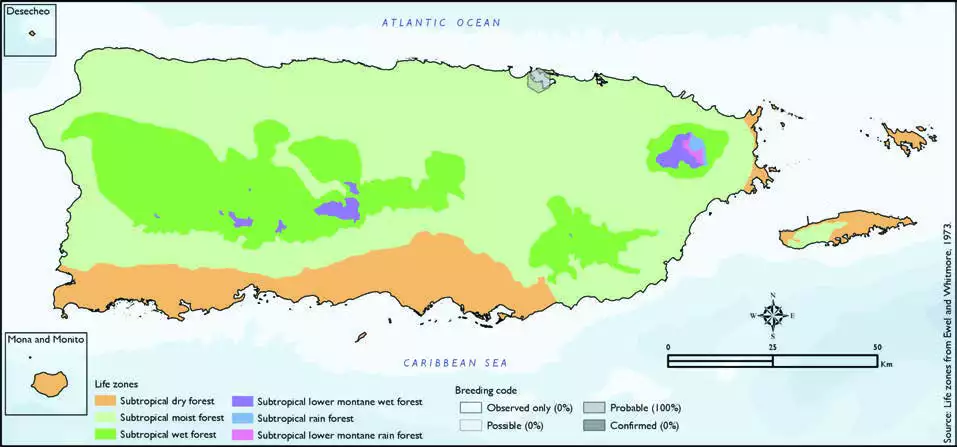Hispaniolan Parrot
Description
The Hispaniolan amazon or Hispaniolan parrot (Amazona ventralis), colloquially known as cuca, is a species of Amazon parrot in the family Psittacidae. It is endemic to Hispaniola (Haiti and the Dominican Republic), and has been introduced to Puerto Rico.
The main features that differentiate it from other amazons are the white forehead, pale beak, white eye-ring, blue ear patch, and red belly.
Its plumage is green, and most feathers are edged with blue. It has a distinct white forehead and area around the eyes; some blue patches on cheeks and crown; a red patch under the chin; and black ear coverts. This amazon also has red feathers on its abdomen; blue wind coverts; green edging to the outer webs; yellowish green plumage under the tail; an upper-side green tail with yellow tips; red outer tail feathers at base; a horn coloured bill, and brown irises with pale feet. Its body length is about 28 cm long. An average adult weighs 250g (8.75 oz), and has a heavy and powerful beak; their bite has been noted to cut open skin and cut deep.
Distribution & Habitat
The Hispaniolan Parrot is endemic to Hispaniola and
satellite islands (Juniper and Parr
1998, Raffaele and others 1998).
It was introduced on Puerto
Rico, where it was found mostly
in the metropolitan area in the
west and north-central regions
of the island (Raffaele and others
1998). It has been observed in
shade coffee plantations and
pine forests in the Cordillera
Central of the Dominican
Republic (Latta and Wunderle,
Jr. 1998, Wunderle, Jr. 1999).
The species usually inhabits
woodlands, scrub, and forests at all elevations on Hispaniola,
whereas in Puerto Rico it occurs
in forests and foothill woodlands
(Raffaele and others 1998). The
atlas fieldwork yielded a total of
one record within one hexagon
or 0.2 percent of the 479 total
hexagons (see map). Breeding
is probable in the only hexagon
where the species occurs (100
percent) (see map). Hispaniolan Parrot distribution. The map shows the highest breeding code by hexagon and overlaying the ecological life zones in
Puerto Rico. Note: percentages may not total 100 due to rounding.

Breeding Habits
The Hispaniolan Parrot nests in tree cavities and occasionally in
cliff potholes, and breeds from
February to June, according to
previously published reports 203Hispaniolan Parrot/Cotorra de la Española(Raffaele and others 1998). Atlas results suggest that this species
breeds in February and that the
breeding activity could occur
within the subtropical moist
forest life zone (100 percent of
the hexagons) (see table and
map), although it doesnt seem
to be reproducing at all on
the island.
Conservation
This species is currently listed as Vulnerable by the IUCN (BirdLife
International 2016). Based on the
atlas surveys, it appears that the
introduced Hispaniolan Parrot
on Puerto Rico has decreased
in abundance and distribution
relative to the earlier description
by Raffaele (1998). Locally, this species is not listed in any of
the threatened categories of
PRDNER and USFWS. In Puerto
Rico, the Hispaniolan Parrot has
a protected habitat in land of 10
percent or 2.5 km2 of the total area covered by the hexagons
where evidence of breeding was
found for this species (24 km2).
Related Species
Family:
parrot